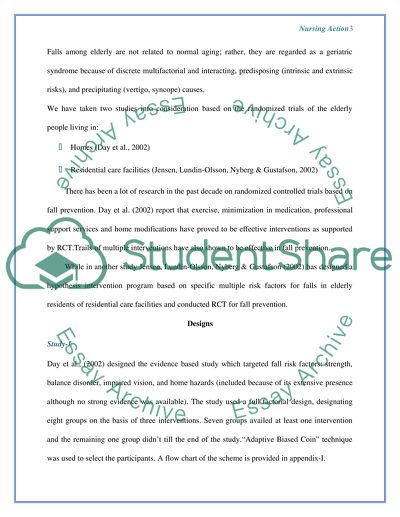Cite this document
(“Nursing Interventions to Prevent Falls in Elderly Research Paper”, n.d.)
Retrieved from https://studentshare.org/nursing/1441943-nursing-action-or-intervention-designed-to-improve
Retrieved from https://studentshare.org/nursing/1441943-nursing-action-or-intervention-designed-to-improve
(Nursing Interventions to Prevent Falls in Elderly Research Paper)
https://studentshare.org/nursing/1441943-nursing-action-or-intervention-designed-to-improve.
https://studentshare.org/nursing/1441943-nursing-action-or-intervention-designed-to-improve.
“Nursing Interventions to Prevent Falls in Elderly Research Paper”, n.d. https://studentshare.org/nursing/1441943-nursing-action-or-intervention-designed-to-improve.


